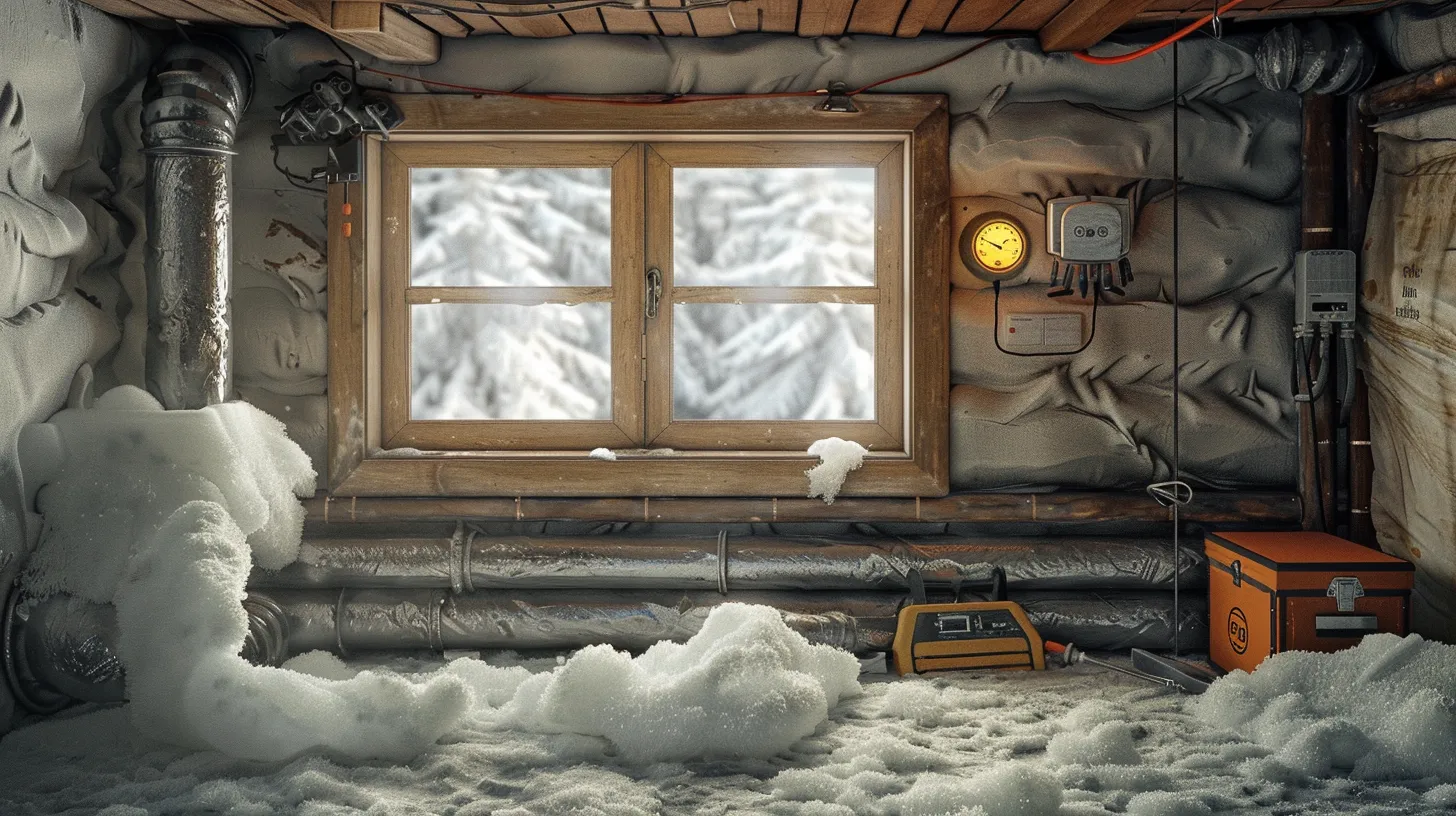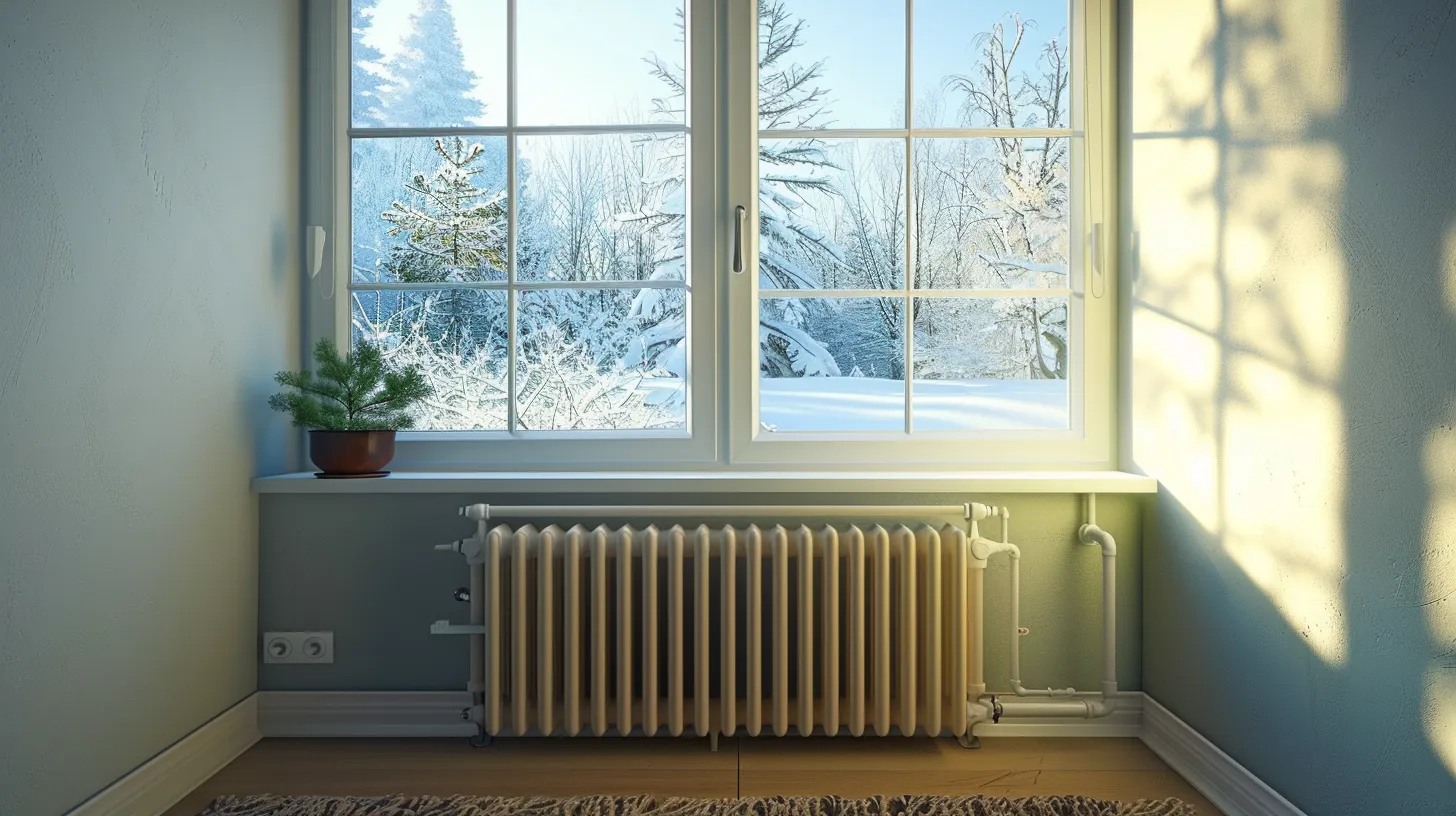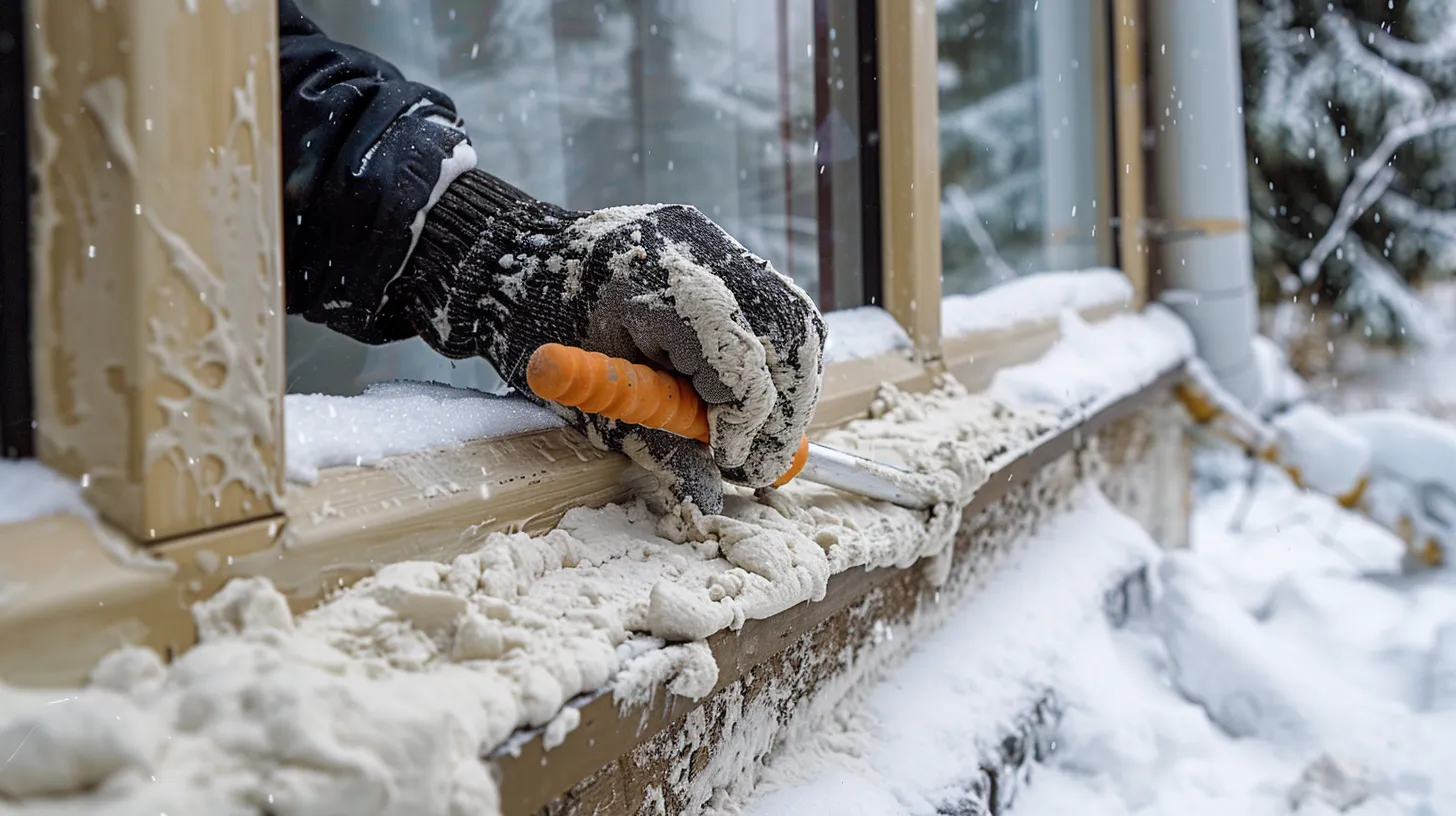The onset of winter brings with it the looming threat of frozen pipes, an issue that can lead to significant inconvenience and costly repairs for homeowners. While the preliminary steps mentioned, such as keeping garage doors closed and letting cold water drip from faucets, are essential, they merely scratch the surface of a comprehensive freeze prevention strategy.
Identifying vulnerable pipes and implementing proper insulation are critical measures that require careful consideration. However, the intricacies of these procedures and their execution are what truly make the difference in safeguarding your home's plumbing infrastructure.
Let us explore the depth of these preventative measures and unveil the further steps necessary to ensure your pipes remain unfrozen throughout the coldest months.
Identify Vulnerable Pipes

Identifying vulnerable pipes, such as those in unheated areas, against exterior walls, or within attics and crawl spaces, is a critical first step in preventing freeze-related damage. Pipes that run through these locations are more susceptible to the cold and can freeze when temperatures drop. Not only does this disruption risk the flow of water, but it can also lead to significant damage if the pipes burst. To prevent such occurrences, it's essential to recognize which pipes are at risk.
Pipes located near uninsulated windows and doors are particularly vulnerable, as they are exposed to cold drafts that can decrease their temperature rapidly. Similarly, outdoor pipes, including hose bibs and sprinkler lines, face a high risk of freezing during cold weather. Basements, garages, and areas under kitchen sinks are also common places where pipes can freeze, primarily if these areas are poorly insulated or unheated.
A thorough inspection should include checking for pipes with minimal insulation or those exposed to cold drafts. Additionally, identifying the location of your water meter is crucial, as it can be a helpful reference point for starting your inspection and deciding on the subsequent steps to protect your plumbing from freezing temperatures.
Insulate Pipes Properly

To adequately shield your plumbing system from the harsh clutches of winter, insulating pipes is a crucial step that can prevent them from freezing when the mercury dips below 20 degrees Fahrenheit for extended periods. This protective measure is especially vital in unheated areas such as attics, crawl spaces, and basements where the cold can seep in and chill the pipes rapidly, leading to potential freezing and bursting.
Utilizing insulation materials like foam rubber or fiberglass sleeves to wrap your pipes can significantly reduce the risk of freezing. These materials act as a barrier between the pipes and the cold air, helping to maintain the water temperature within the pipes at a safer level. For added protection, allowing warm air circulation around exposed pipes by opening cabinet doors and loft hatches can further insulate the plumbing system against cold weather.
Moreover, water tanks in cold regions should not be overlooked. Properly insulating these tanks with specialized insulation covers can also help prevent freezing. While insulation plays a significant role in preventing pipes and water tanks from freezing, it's important to ensure that the insulation is applied properly and that the pipes are well-insulated to withstand freezing temperatures effectively.
Keep the Heat On

Maintaining a consistent indoor temperature by keeping the heat on, even when the property is unoccupied, plays a crucial role in preventing the freezing of pipes during cold spells. A home's heating system not only keeps the living spaces comfortable but also ensures that water in the pipes remains above the freezing point. This is especially critical in areas prone to sudden drops in temperature, where the risk of pipes freezing and potentially bursting can lead to significant water damage and costly repairs.
To effectively prevent pipes from becoming frozen, consider the following strategies:
- Maintain a consistent thermostat setting , ideally above 55°F, even when the property is not occupied. This helps ensure a steady supply of warmth that can prevent water within pipes from freezing.
- Ensure proper insulation of attics, crawl spaces, and exterior walls to protect pipes from the cold.
- Promote warm air circulation by keeping interior doors open, which aids in distributing heat evenly throughout the house.
Adhering to these practices can significantly reduce the risk of frozen pipes and the subsequent inconvenience and expense of dealing with burst pipes. By keeping the heat on and ensuring a consistent temperature, homeowners can safeguard their properties against the ravages of cold weather.
Seal Leaks and Drafts

In addition to keeping the heat on, sealing leaks and drafts around the home is a vital step in preventing pipes from freezing. This process involves a thorough inspection to identify and seal leaks that allow cold air infiltration, especially around electrical wiring, dryer vents, and water pipes. Materials like weather-stripping or caulk are effective for sealing gaps around windows, doors, and other openings where drafts can easily penetrate.
Moreover, gaps or cracks in the foundation or walls near water pipes should be securely closed and sealed to prevent freezing. Pipe insulation plays a crucial role in this preventive strategy. Installing insulation sleeves or using foam rubber to wrap around exposed pipes can significantly protect them from freezing temperatures.
Additionally, it's essential to properly insulate crawl spaces, attics, and basements. These areas are prone to colder temperatures and, if not well insulated, can contribute to the risk of freezing pipes. By maintaining warmer temperatures in these spaces, homeowners can further safeguard their plumbing against the cold.
Implementing these measures to seal leaks and enhance insulation is a comprehensive approach to prevent freezing and ensure the integrity of your home's plumbing system.
Let Faucets Drip

Allowing faucets to drip at a slow rate during cold snaps is a straightforward yet effective strategy for preventing pipes from freezing. This method works by relieving the built-up pressure in the water supply lines, which can prevent the pipes from bursting—a common issue when water freezes and expands. The steady trickle of water keeps the flow active within the pipes, significantly lowering the risk of freezing.
Implementing a cold water drip from faucets, especially those connected to pipes running through unheated areas or along exterior walls, can serve as a crucial preventive measure. It's a cost-effective approach that complements other insulation efforts to safeguard your plumbing system against the cold.
Consider these key points when letting your faucets drip to prevent freezing: - Turn on both hot and cold water faucets: This ensures a continuous flow through both water supply lines. - Focus on vulnerable pipes: Prioritize faucets in unheated areas or near exterior walls. - Combine with insulation: Use faucet dripping in conjunction with insulating pipes to maximize protection against freezing temperatures.










